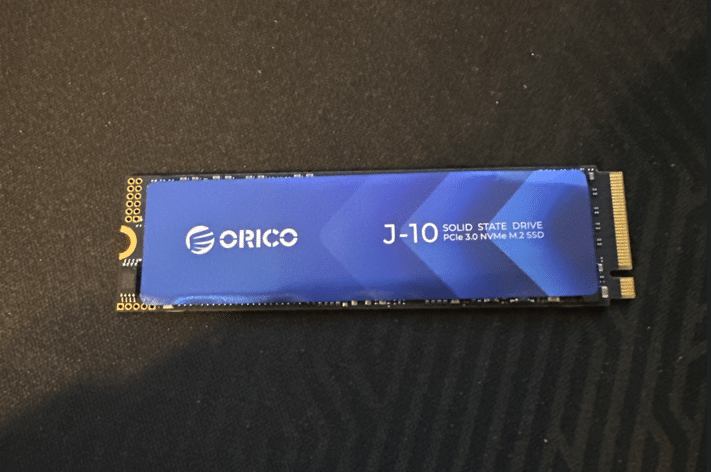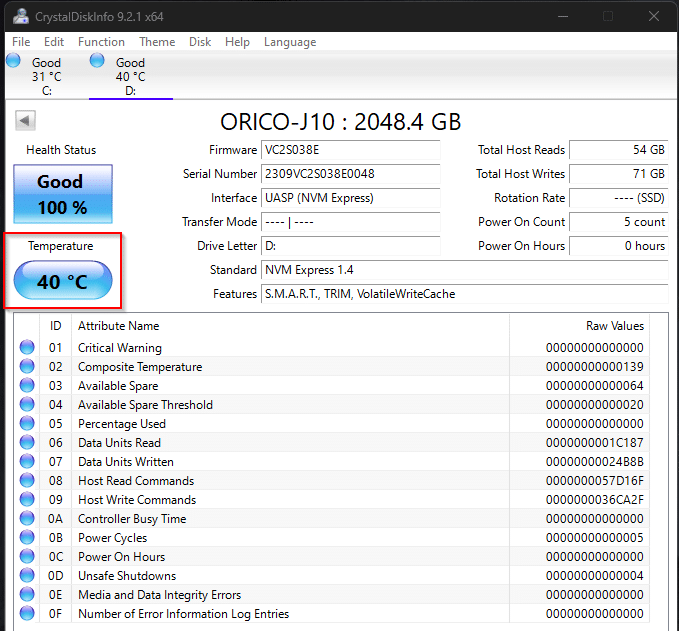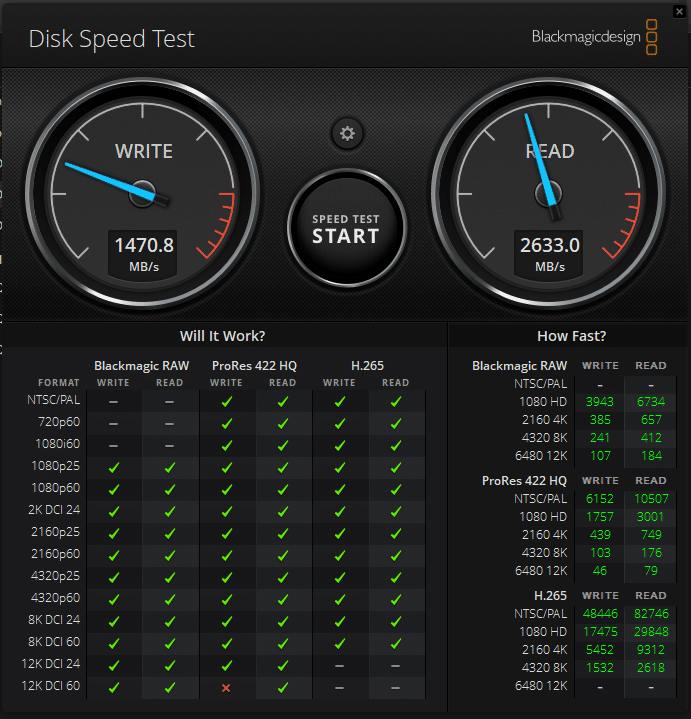We recently tested the ORICO J-10 2TB SSD paired with the TXM2 series high-speed enclosure, which presents an intriguing option in the solid-state drive market.
We recently tested the ORICO J-10 2TB SSD paired with the TXM2 series high-speed enclosure, which presents an intriguing option in the solid-state drive market.
However, this time, we wanted to put it through the paces and give it a proper field test. So, we enlisted the help of one of our Discord advanced members, Liam Finch. He provided a unique real-world perspective that complemented mine and assisted in writing this article.

Orico SSD and Enclosure
Packaging and Design
The SSD and enclosure arrive in separate but adequately protected packaging, with the enclosure’s size notably larger than necessary. The SSD packaging aligns with industry standards, similar to established brands like Samsung. The enclosure boasts a sleek, futuristic design, appealing to users looking for aesthetics in their tech gadgets.
Appearance and Impressions
The SSD and enclosure came in two separate packages but as a DIY kit almost. There were instructions in tiny font on how to put together the SSD with the thermal tape on both sides, then add the heat sink on top and the SSD tray on the bottom. I have never purchased SSDs that made me build a heat sink. They all came pre-built from the factory, which was a new experience. Additionally, the ESD wrapping on the SSD was so tight there was some concern of potentially damaging the drive while simply trying to remove it.
As for the enclosure, aesthetically, it is very appealing and has a smooth, futuristic feel. It comes with a spare rubber grommet to secure the drive into the M.2 slot, and it also comes with a USB 3 (Gen2) cable for high-speed transfer capabilities. We certainly put that to use.
Usability and Issues
The toolless design of the SSD’s attachment to the PCB is innovative but presents challenges in assembly, with some users resorting to makeshift tools for installation. The lack of air vents and a thermal sensor raises concerns about long-term reliability and safety despite including extra thermal pads for mitigation. Moreover, the persistent issue of random disconnections during use, especially noticeable during gaming or file transfers between devices, detracts from the user experience.

Orico Enclosure and SSD

Orico SSD Backing
Performance

CDI Temperature display
Blackmagic Disk Speed Test

SSD Speed Test (Installed into Laptop)
The read and write speeds are close to what is advertised on the box. It is possible that my laptop and its interfaces were holding back the transfer speeds.
Conclusion
The ORICO J-10 2TB SSD and TXM2 series enclosure offer a cost-effective solution with commendable storage capacity and performance metrics for basic to moderate usage scenarios. However, the combination is marred by thermal management issues, a problematic tool-less design, and sporadic disconnections. While it stands out for its affordability and design, the lack of a thermal sensor and the need for better heat dissipation are notable drawbacks.
This product, venturing from a company expanding its portfolio from enclosures to SSD manufacturing, suggests potential but also highlights areas for improvement. As such, it may serve well for users seeking an economical storage extension with moderate demands, provided they are aware of and can accommodate its limitations.
We’ve always liked the build and quality of ORICO accessories. The case is a flexible enclosure for an M.2 NVMe SSD, but a low-quality SSD diminishes that, ruining the overall package. In our view, ORICO accessories are still worthy of consideration, but we cannot recommend the SSD.
Engage with StorageReview
Newsletter | YouTube | Podcast iTunes/Spotify | Instagram | Twitter | TikTok | RSS Feed
